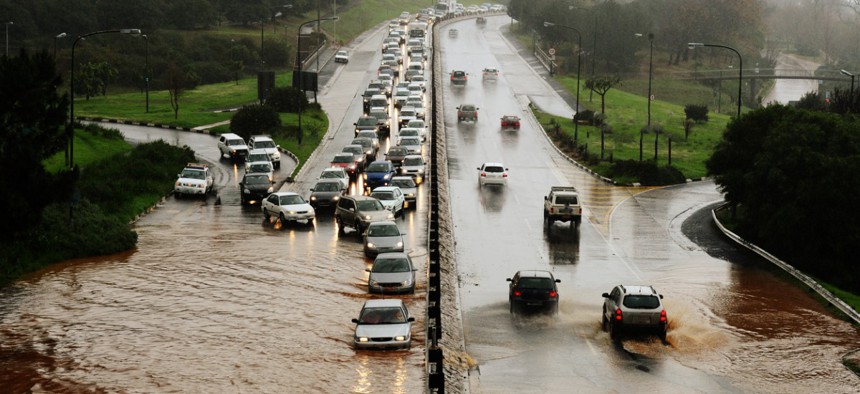GAO Highlights Problems with Speeding Disaster Help to Disadvantaged Areas

brazzo/istockphoto.com
Disaster response is uneven across the country.
Quickly getting critical help to rural and disadvantages communities following a disaster is a challenge. In fact, the Government Accountability Office has reported on this issue three times between 2019 and today. According to the GAO, small towns, rural and tribal areas, underserved and disadvantaged communities and the people who live there have a hard time accessing federal disaster recovery assistance programs.
One of President Joe Biden’s first official acts was to issue an Executive Order on Jan. 20 directing departments and agencies to examine ways to advance equity for all citizens, including the marginalized, the underserved and underrepresented.
Now GAO has released testimony before the House Homeland Security Committee outlining its preliminary review of six federal programs on the question of equity: Federal Emergency Management Agency’s Individual Assistance and Public Assistance programs, National Flood Insurance Program, and Hazard Mitigation Grant Program; the Small Business Administration’s Disaster Loan Program; and Housing and Urban Development’s Community Development Block Grant Disaster Recovery.
Chris Currie, director of the Homeland Security and Justice division of GAO, testified Oct. 27 that “[o]ur preliminary analysis of the research suggested that socioeconomic outcomes of disaster assistance for individual programs may be uneven across communities. For example, a descriptive study of communities in Louisiana and Mississippi five years after Hurricanes Katrina and Rita found that low-income neighborhoods were more likely to receive CDBG-DR assistance and to still have damaged structures even after receiving the assistance.”
Currie testified that both within and across these programs, “There are no systematic actions to (1) ensure the availability and use of quality information to identify potential access barriers or disparate outcomes or (2) establish routine processes to address any identified access barriers and disparate outcomes.”
Nor have the programs identified the categories of data needed to support analyzing the challenges these communities face in accessing assistance, or the sources and methods needed to gather the data if they fall outside what the agencies already collect.
“For example, none of the six recovery programs in our review collected and analyzed demographic data from applicants specifically for this purpose,” he said. “When officials described collecting data in the application process, they did not do so with the aim of identifying and addressing potential access barriers and disparate outcomes; rather, they collected only data that directly supported the implementation of their programs.”
Some FEMA managers have ideas about the data needed and how to gather it, but there is no way for them to work systematically through their requirements, either within their own programs or across programs, Currie testified.
There are other challenges in gathering the necessary data, as well, such as “navigating complex government-wide privacy policies, which were compounded for interagency data needs,” he said. “Although some of the challenges are daunting, until the agencies work together on strategies to address them, they are unlikely to be resolved, leaving recovery programs without key information to help identify potential access barriers.”
FEMA officials told GAO that a big part of the challenge in gathering necessary data is simply that “the goal of ensuring equity in administration of federal programs has only recently received new focus and attention,” he testified. But the lack of “routine and interagency processes” leaves their programs uncertain that they will “address potential access barriers, understand the relationship between program assistance and outcomes, or help achieve equity goals.”
Currie said GAO will release a final report on its findings and conclusions “in the coming months.”






